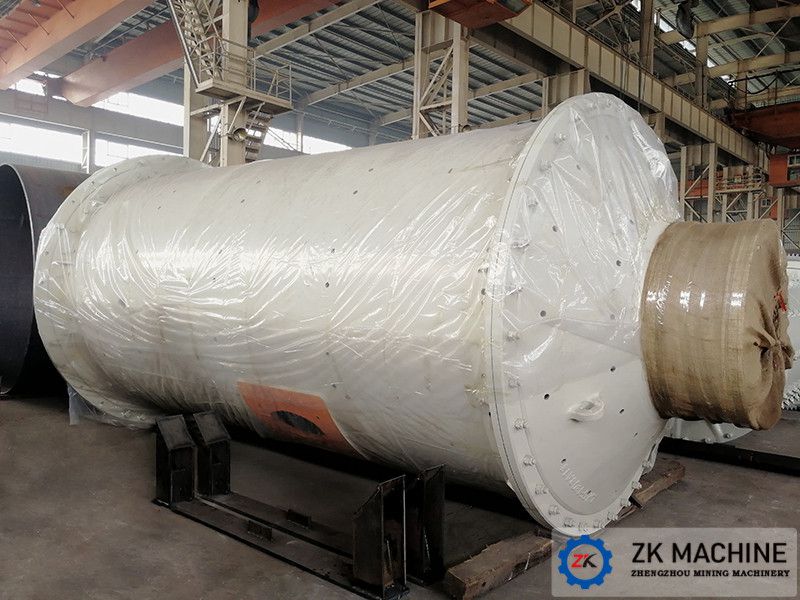Structure and Application of Ball Mill
Date:2020-10-31 15:09:15
Author:admin
Views:
131
Ball mills, vertical mills, jet mills and other mills, as important grinding equipment, can be seen everywhere in industrial sectors such as mineral processing, building materials, cement, coal, chemical, electric power, light industry and metallurgy. Among them, the ball mill is the most widely used. The main component of this type of pulverizer is a slowly rotating cylinder with grinding media. Because the ball mill has a simple and firm structure, reliable operation, simple maintenance and management, and can run continuously for a long time, strong adaptability to materials, large crushing ratio (up to 300 or more) and large production capacity, so it can meet the needs of modern large-scale industrial production.
Ball mill is the key equipment for crushing materials after crushing. This type of ore grinding machine is equipped with a certain number of steel balls as grinding media in its cylinder.
It is widely used in cement, silicate products, new building materials, refractory materials, fertilizers, black and non-ferrous metal beneficiation, and glass ceramics and other production industries to dry or wet grinding various ores and other grindable materials. The ball mill is suitable for grinding various ores and other materials. It is widely used in mineral processing, building materials and chemical industries. It can be divided into dry and wet grinding methods. According to different ways of discharging, it can be divided into grid type and overflow type.
Ball mills are divided into many types due to different specifications, unloading and transmission methods, but their main structures are roughly the same. The ball mill is mainly composed of a cylindrical barrel, a liner, a compartment plate (only available for multi-chamber mills), main bearings, feeding and discharging devices, and transmission devices.
As shown in the figure below, its working principle is as follows: Cylindrical cylinder body 1, end cover 2, bearing 3, transmission gear ring 4 and other components. The cylinder 1 is filled with steel balls or steel rods with a diameter of 25-150mm, which are called grinding media. The filling amount is 25%-50% of the effective volume of the entire cylinder. There are end covers 2 at both ends of the cylinder. The end covers are connected with the flanges of the end of the cylinder by bolts. There is a hole in the middle of the end cover, which is called a hollow shaft. The hollow shaft is supported on the bearing 3 and the cylinder can rotate. A large gear ring 4 is also fixed on the cylinder. In the drive system, the motor drives the large gear ring and the cylinder through the coupling, reducer and pinion to rotate slowly. When the barrel rotates, the grinding medium rises to a certain height with the barrel wall, and then falls or drops down in a parabola. Due to the hollow shaft on the end cover, the material is fed into the cylinder from the hollow shaft on the left, and gradually spreads to the right. When the material moves from left to right, the rotating cylinder will bring the steel ball to a certain height. Falling crushed the material, and a part of the steel ball in the barrel has a falling state to grind the material, and the entire movement process is also the crushing process of the material.
The above is the brief introduction of the ball mill. When we make specific choices, we must clarify our own conditions of use and consult professionals.

